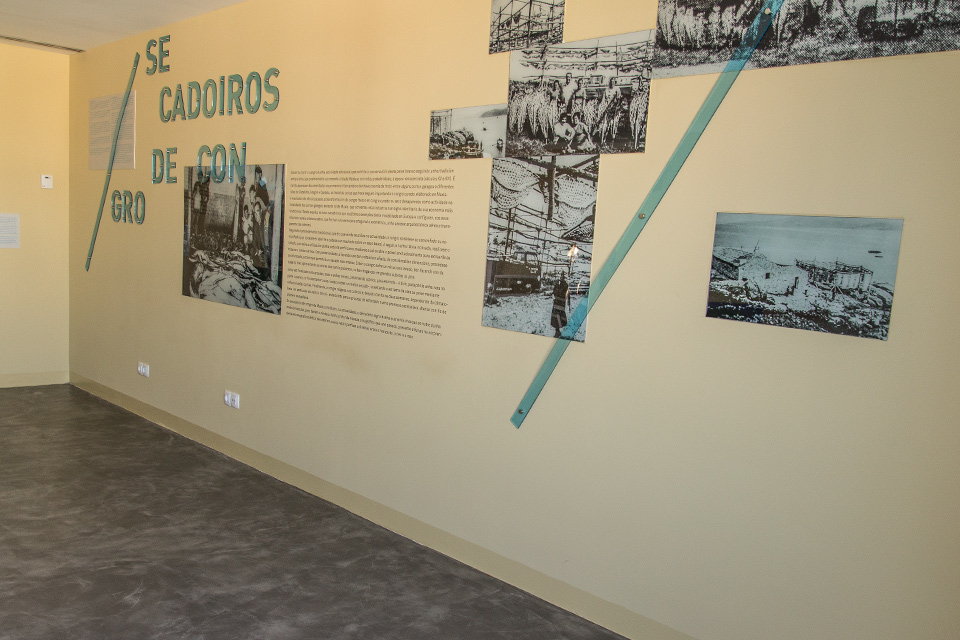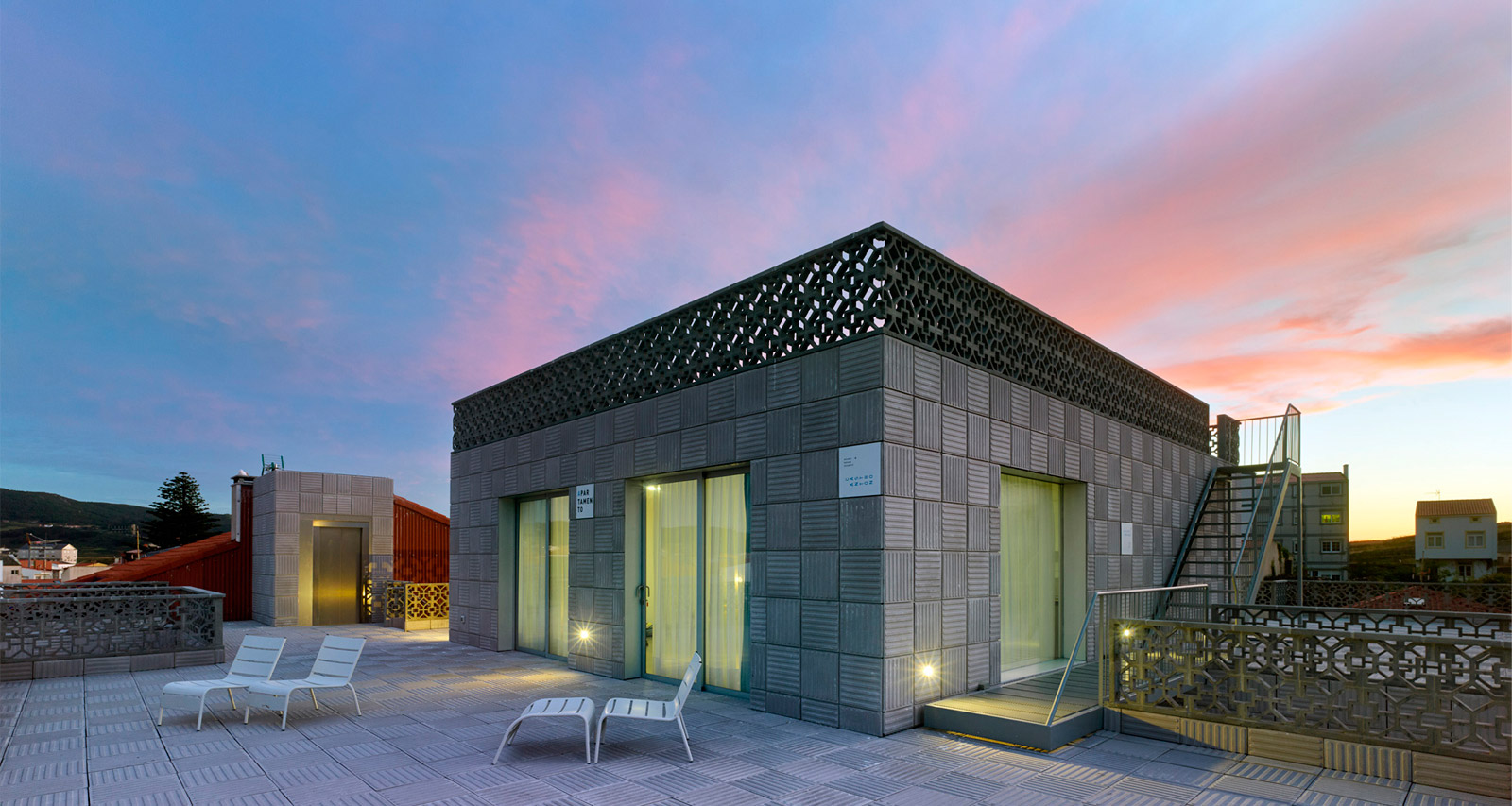Literal space is a plant inside the Bela Muxía hostel, which is the result of the expansion ofthe hostel in 2014. Built 2 story more endowed with more beds, more berths and anapartment with a terrace on top that allows visitors to contemplate the landscapesurrounding the village of Muxia. Also, Literal is a space for culture, where you can visit athematic exhibition of different aspects related to the culture of the people. “A Costa daMorte”, “Os Secadoiros” and “Os shipwrecks” murals documented photographically byphotographer Muxía Ramón Camaño and Muxía Antón Castro also intellectual texts. This provides double rooms and rooms with 4 bunk beds which will allow visitors to stay in a comfortable way with all the services offered by Bela Muxía.
Shipwrecks.
The actual sequence of the tough life that man has kept, in the course of time, his fight with the sea of A Costa da Morte gives, has made it possible for the economic development of this territory, but also a feeling that has familiar with the tragedy by the frequency of the shipwrecks.
The wreck as a symbol more identity has generated an extensive literature from romanticism and has elevated the coast to a recognized awareness of fable and legend.
Costa da Morte.
The Costa da Morte is the metonymmy of the mythical, ethnographic and anthropological consciousness of all the sea Galicia and acquires its most tragic identity in the image of the shipwreck, in the drama of the death. Finisterre, or end of the Atlantic world that sensed the Romans, appears set for a rocky coastal landscape, high cliffs and bad weather, hit by heavy rains or winds, sometimes storms, seas rough, currents and hazardous low orgiant waves, under heaven, often gray and recurrent clouds in an atmosphere of mists and fogs.
This piece of ocean, stretching from Malpica fisterra, has been recounting, over the centuries, its own history, transcribed in the explicitness of the name referring to death asunfinished epic the story of its inhabitants, who have always fought beside the sea oragainst the sea.

Drying of conger.
Dry or cure Conger is a craft activity that allows the conservation of this white fish, following an ancient tradition that is possibly back to the middle ages and, most likely, to the Renaissance (15th and 16th centuries), which is when documented first exchanges, aneconomy of barter between some Galician ports and different peoples of Catalonia are Aragon and Castile. The same areas that today are still importing eel cured, made inMuxía.










